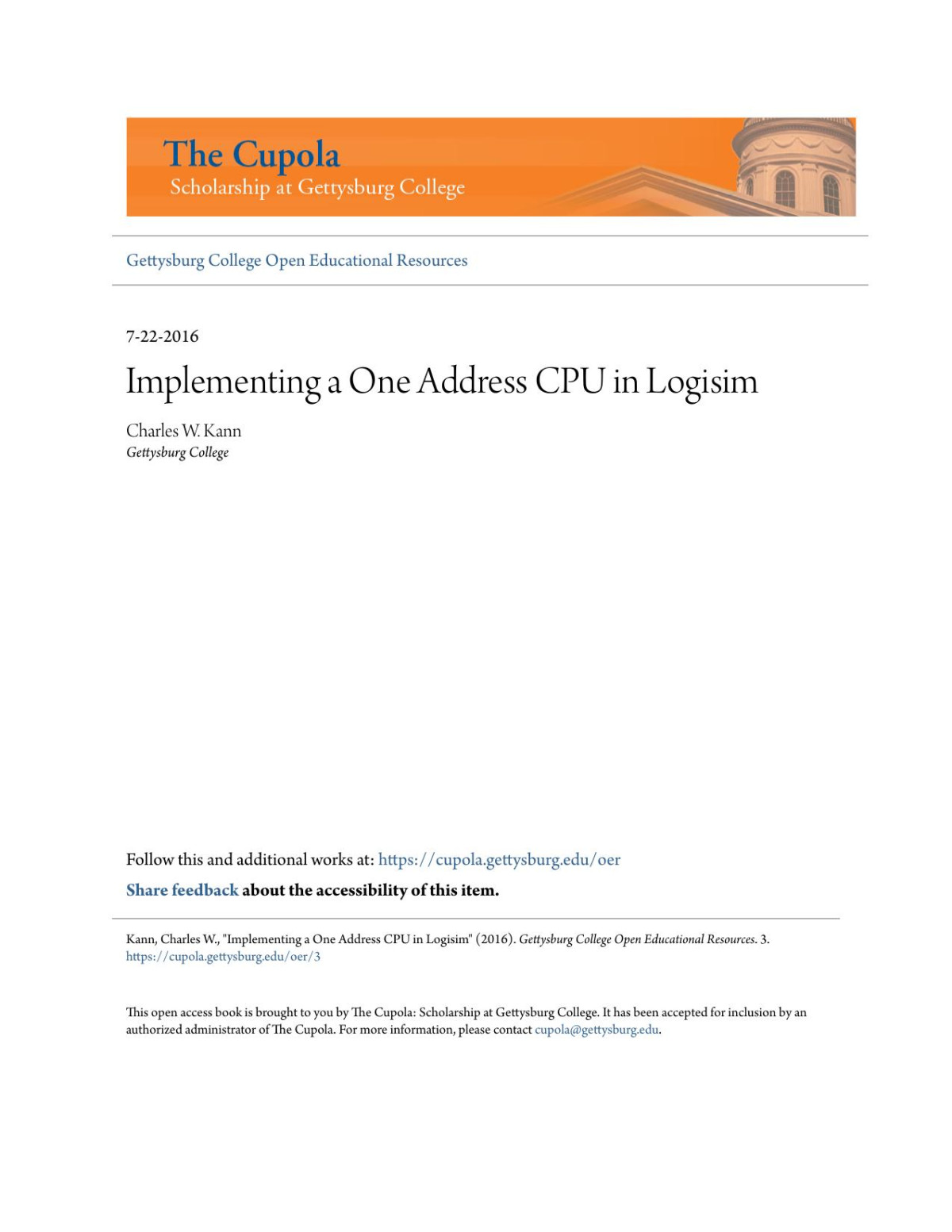

Most ebook files are in PDF format, so you can easily read them using various software such as Foxit Reader or directly on the Google Chrome browser.
Some ebook files are released by publishers in other formats such as .awz, .mobi, .epub, .fb2, etc. You may need to install specific software to read these formats on mobile/PC, such as Calibre.
Please read the tutorial at this link: https://ebookbell.com/faq
We offer FREE conversion to the popular formats you request; however, this may take some time. Therefore, right after payment, please email us, and we will try to provide the service as quickly as possible.
For some exceptional file formats or broken links (if any), please refrain from opening any disputes. Instead, email us first, and we will try to assist within a maximum of 6 hours.
EbookBell Team

4.1
30 reviewsMost computer users have an incorrect, but useful, cognitive metaphor for computers in which the user says
(or types or clicks) something and a mystical, almost intelligent or magical, behavior happens. It is not a
stretch to describe computer users as believing computers follow the laws of magic, where some magic
incantation is entered, and the computer responds with an expected, but magical, behavior.
This magic computer does not actually exist. In reality computer are machines, and every action a computer
performs reduces to a set of mechanical operations. In fact the first complete definition of a working computer
was a mechanical machine designed by Charles Babbage in 1834, and would have run on steam power.
Probably the biggest success of Computer Science (CS) in the 20th century was the development of
abstractions that hide the mechanical nature of computers. The fact that average people use computers
without ever considering that they are mechanistic is a triumph of CS designers.
This purpose of this monograph is to break the abstract understanding of a computer, and to explain a
computer’s behavior in completely in mechanistic terms. It will deal specifically with the Central Processing
Unit (CPU) of the computer, as this is where the magic happens. All other parts of a computer can be seen as
just providing information for the CPU to operate on.
This monograph will deal with a specific type of CPU, a one-address CPU, and will explain this CPU using
only standard gates, specifically AND, OR, NOT, NAND and XOR gates, and 4 basic Integrated Circuits
(ICs), the Decoder, Multiplexer, Adder, and Flip Flop. All of these gates and components can be described as
mechanical transformations of input data to output data, and the overall CPU can then be seen as a
mechanical device.
Keywords
Digital Circuits, System Architecture, Computer Organization, Integrated Circuits, Computer Logic, Central
Processing Unit (CPU), Processor Architecture, Multiplexer, Decoder, Arithmetic Logic Unit, Register File,
Flip-Flop, Memory, Memory Latch, Adder, Full Adder, Half Adder, State Computer, State Machine, Mod 4
Counter, 7400, 7400 Series, Digital Circuit Lab Manual, Electronic Circuits, Electronic Projects, Digital
Circuit Projects, Computer Science Online, Online Laboratory Manual, Laboratory Manual